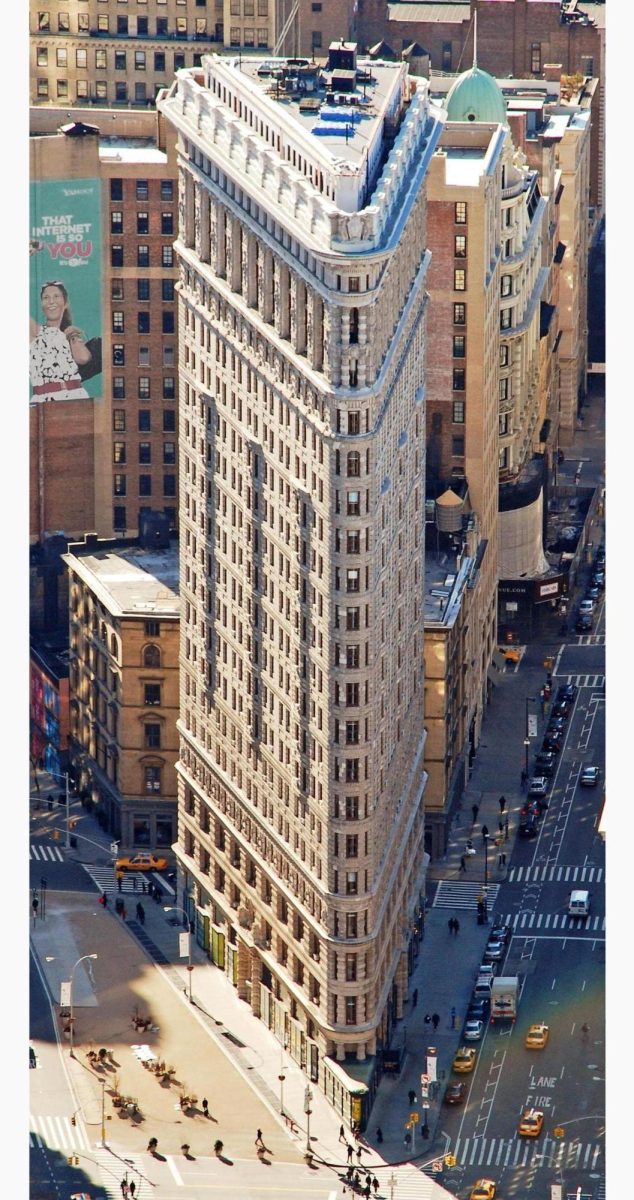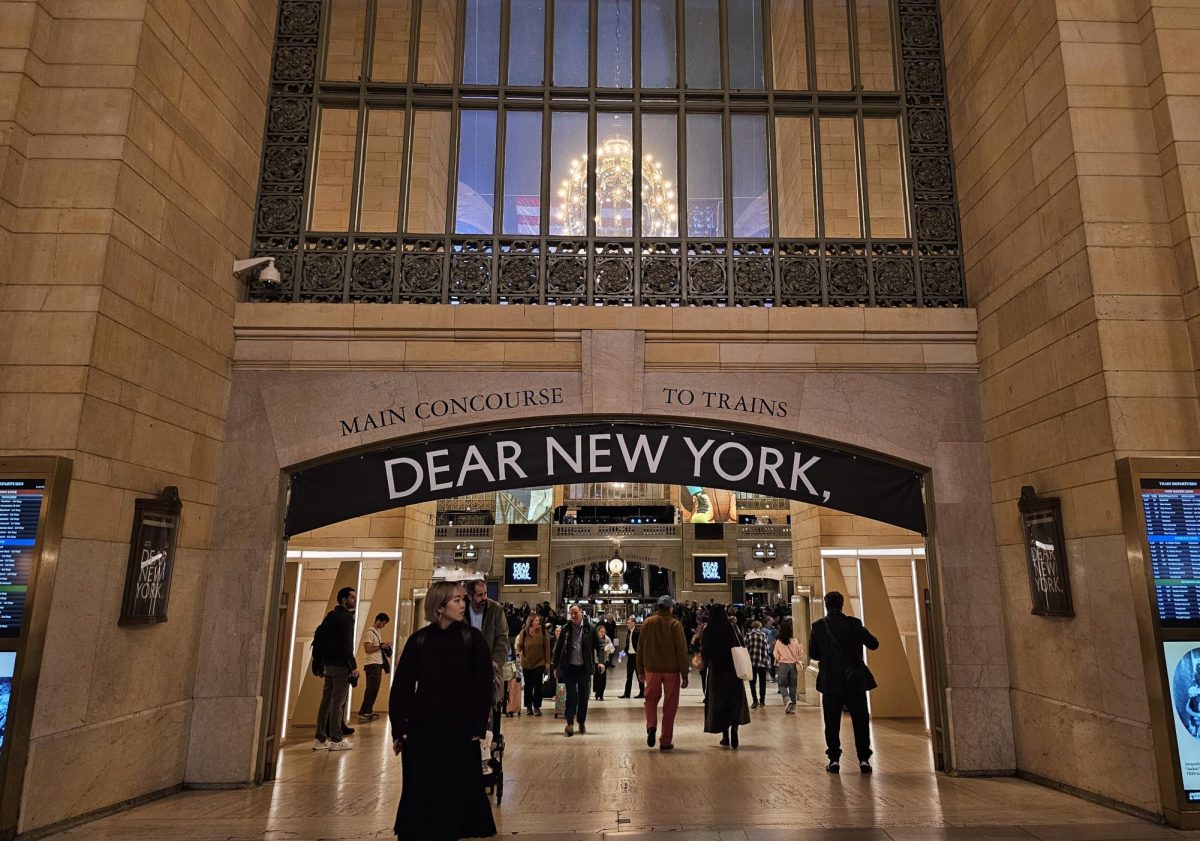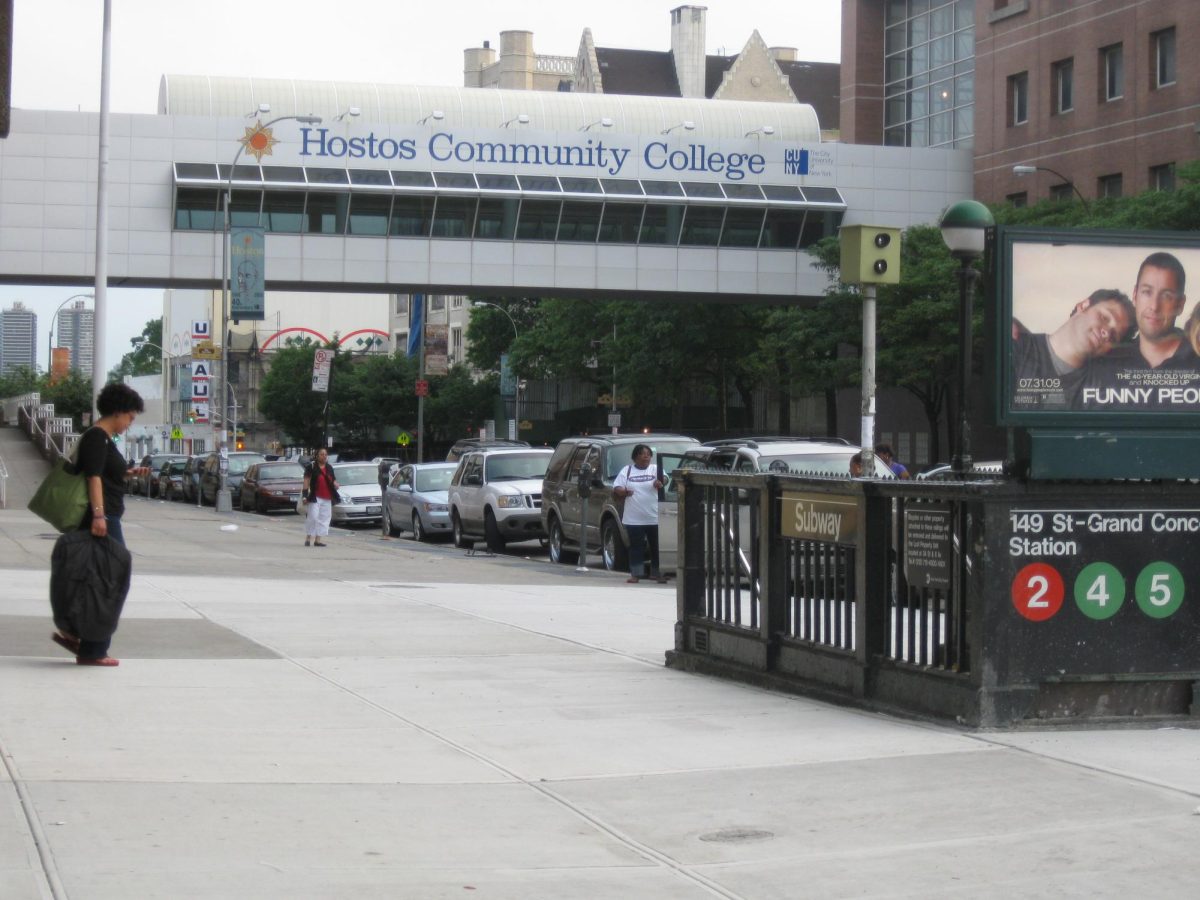The Flatiron building will be undergoing renovations to be turned into residential condos.
The decision came after the building was sold at an auction for $161 million to a group led by real estate developer Jeff Gural. Gural is the majority shareholder of the building, with other shareholders being the Sorgente Group and the Brodsky Organization.
Gural, who focuses on developing office space, had originally hoped to keep most, if not all of the offices in the Flatiron building. Due to the current economic situation, however, the shareholder agreed that the best interest of the building would be to convert it into condos.
This redevelopment is meant to “give a second life” to the Flatiron building which has been sitting relatively empty since the late 1920s. The architect, Daniel Burnham, designed the building which was built in 1902. It had initially served as an office for George A. Fuller Company, a contracting firm based in Chicago. It was also meant to be a way of creating a new business district North of Wall Street.
The Fuller Company moved out of the building in 1929, and till the late 1990s, the building sat empty. Despite not having any practical use for almost 60 years, the Flatiron building still serves as an iconic symbol of New York with artists and photographers using it as inspiration, primarily due to its unique build.
Burnham had designed the Flatiron building to be unique compared to the other buildings around, which was a practical decision as the Flatiron building is located in a very awkward location. Located between Fifth Ave and Broadway, the Flatiron building sits on a triangular piece of land, which had been called Flat Iron way before the building was even built.
The building, which takes on a Beaux-Arts and Renaissance style, measures 22 stories or roughly 285 feet tall. Unlike other buildings built during the time, the Flatiron building has its ground floor open to the street, rather than being built upon a block-like base. Most importantly, the building was built in a triangular shape, which was considered odd for a building.
However, the shape of the building does raise questions regarding how it will be divided into condos. There is no current layout, although the owners have claimed that construction will initially focus on moving the stairs and elevators before making living spaces. Hopes are that the building will contain about 40 residential areas.
This redevelopment also aligns with NYC Mayor Eric Adams’s plans for tackling the housing crisis in New York City, which includes converting empty office spaces into homes. New York City office spaces suffered due to the shift to remote work following the COVID-19 pandemic. The Flatiron building had also faced the same fate, as the sole office occupiers in the building, Macmillan Publishers, had moved out shortly before the pandemic.
Since then, the only resident has been T-Mobile, which has a store on the ground floor. The ground floor is expected to remain as store space due to the long-lasting contract T-Mobile had signed with the owners.
The future of the Flatiron building remains to be determined because the Department of City Planning still needs to approve the plans. The actual renovation of the building isn’t expected to take place until 2026.















J • Jun 9, 2024 at 8:09 pm
It needs to return back to the original purpose a duel use office space living residence for the org and wall street new employees.
There is still the consortium left that could make it into the Premier duel use live work building on that side of new york.
Most of the people who complain don’t live in high end residential areas or have the income to live thier.
Marilyn • Dec 20, 2023 at 2:52 pm
Why condo’s and not affordable living looks like more than just 40 families could reside in that building it’s been sitting empty since the 1990’s You Should Be Ashamed of Yourself….the city should have taken it over years ago and put it to good use